Milestones in College of Engineering history
NOTE: This is a curated and far from an exhaustive list. If you feel a major milestone has been overlooked, or you’d like to add to our archives, please contact us.
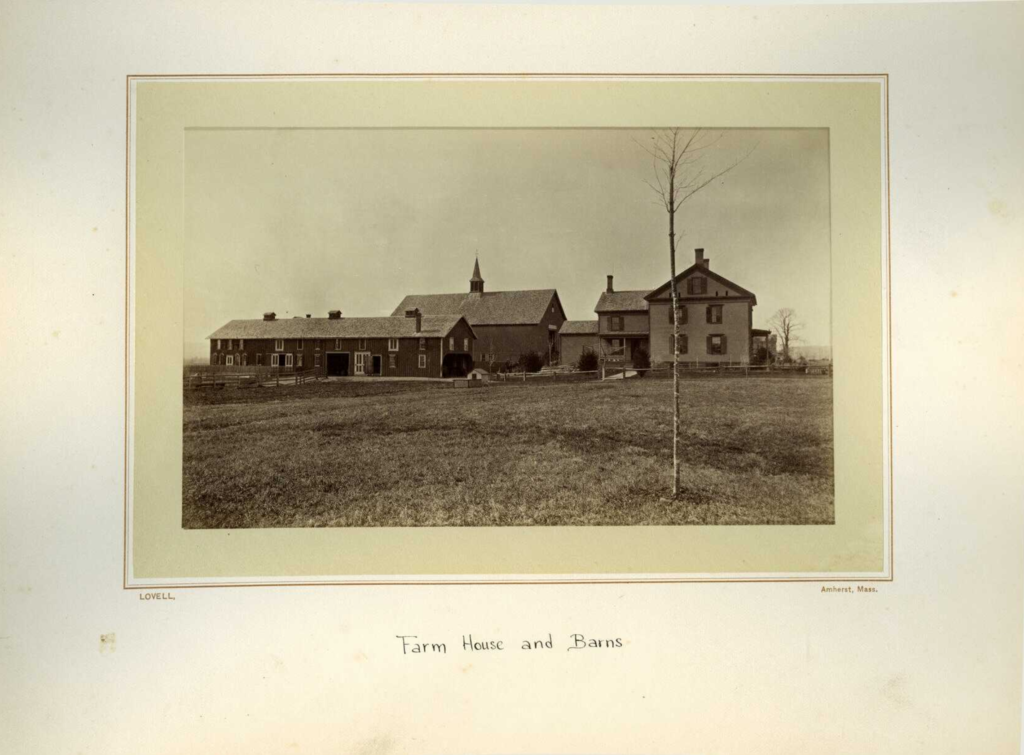
For nearly fifty years, starting in 1867, the Massachusetts Agricultural College, through its Mathematics Department, taught engineering skills valuable for routine farming.

Established in 1914, the Department of Agricultural Engineering (head, Christian I. Gunness) focused on farm structures and machinery. The Department of Mathematics and Civil Engineering (head, John Ostrander) soon followed, with courses on surveying and constructing roads and bridges.
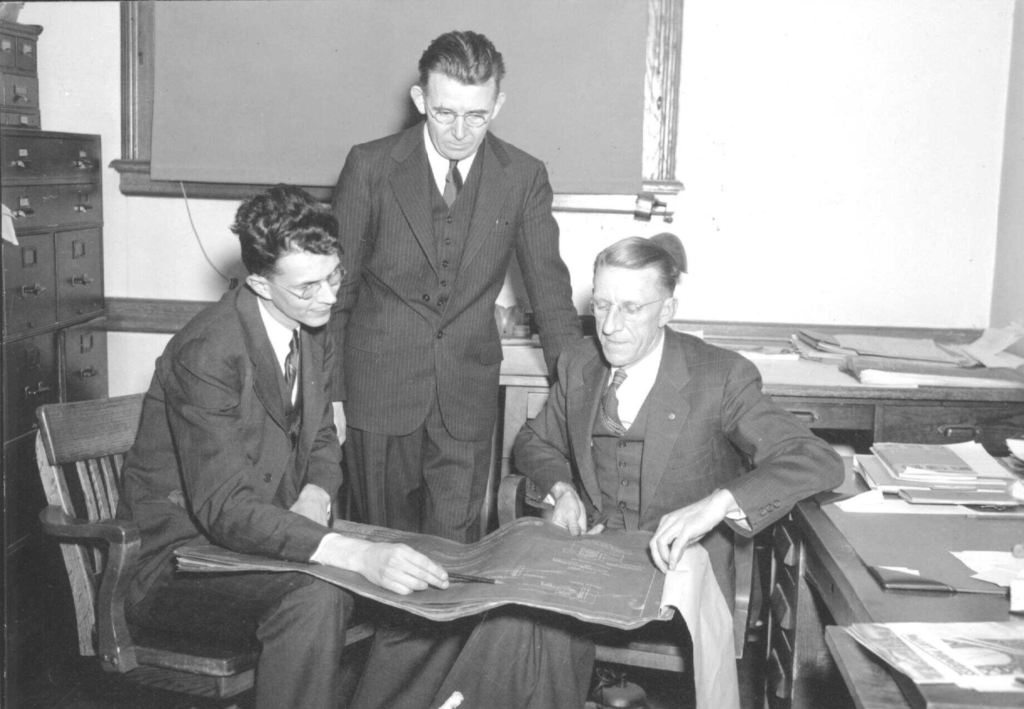
In 1938, the board of trustees voted to combine its Department of Agricultural Engineering with the Department of Mathematics and Civil Engineering to form a new Department of General Engineering. This new department featured six specialized courses in agriculture engineering with a series of eighteen courses in general engineering developed by George A. Marston and John D. Swenson as a part of the math department.
Just a few years prior, in 1931, “Mass Aggie” had become Massachusetts State College to reflect its broadened curriculum, growing facilities, and larger student body. Engineering was becoming an area of emphasis.
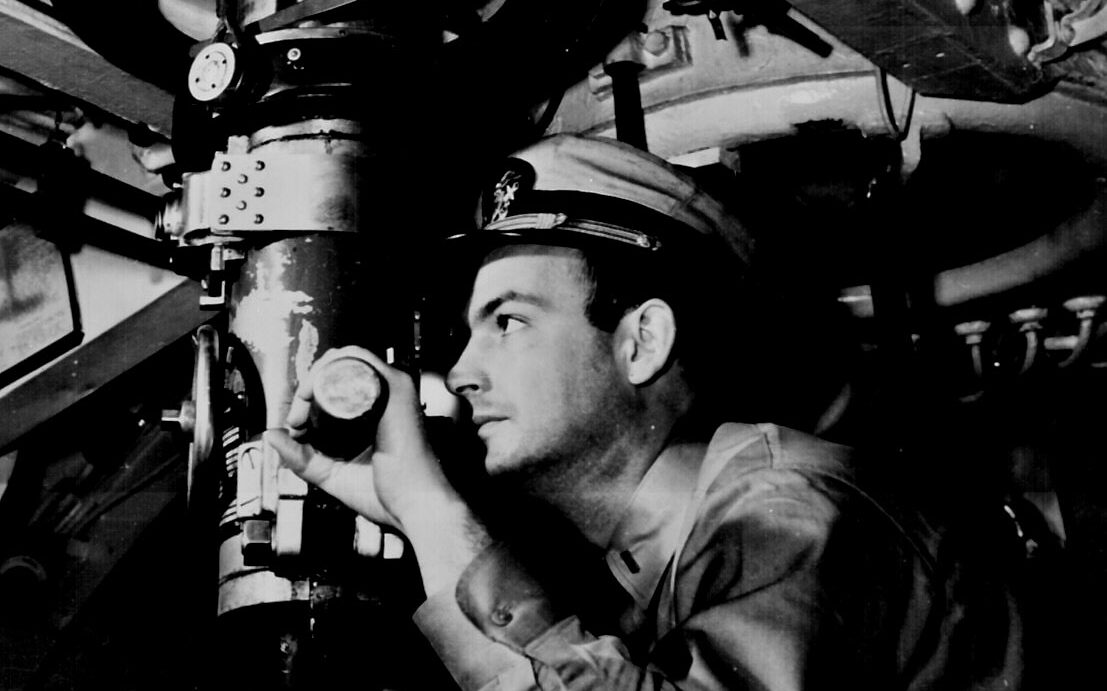
Enrollment declined, and there was a significant reduction in teaching as instructors and students left the classroom to enlist during World War II. One example is George Marston, who volunteered in 1943 and served in “anti-submarine warfare works” and construction. He returned in January 1946 to a stagnant 1930s engineering curriculum. Although only an assistant professor at the time, he saw the opportunity to create a formal engineering program by acquiring donated war-surplus materials to outfit labs.

Due to expected post-war expansion, the board of trustees voted to approve adding a chemical, electrical, and mechanical engineering curriculum. During this time, veterans of World War II were arriving in large numbers with a GI bill for education and an interest in pursuing engineering. At one point, engineering attracted 42% of incoming first-year students to Mass State College. To accommodate the surge and lack of labs and facilities on the Amherst campus, the bulk of engineering students from 1946-1949 received their first year or two of engineering instruction at Fort Devens—a short-term satellite campus. There they studied mechanical drawing, engineering mathematics, economics, social sciences, and humanities—a well-rounded curriculum focused on the development of the complete individual.
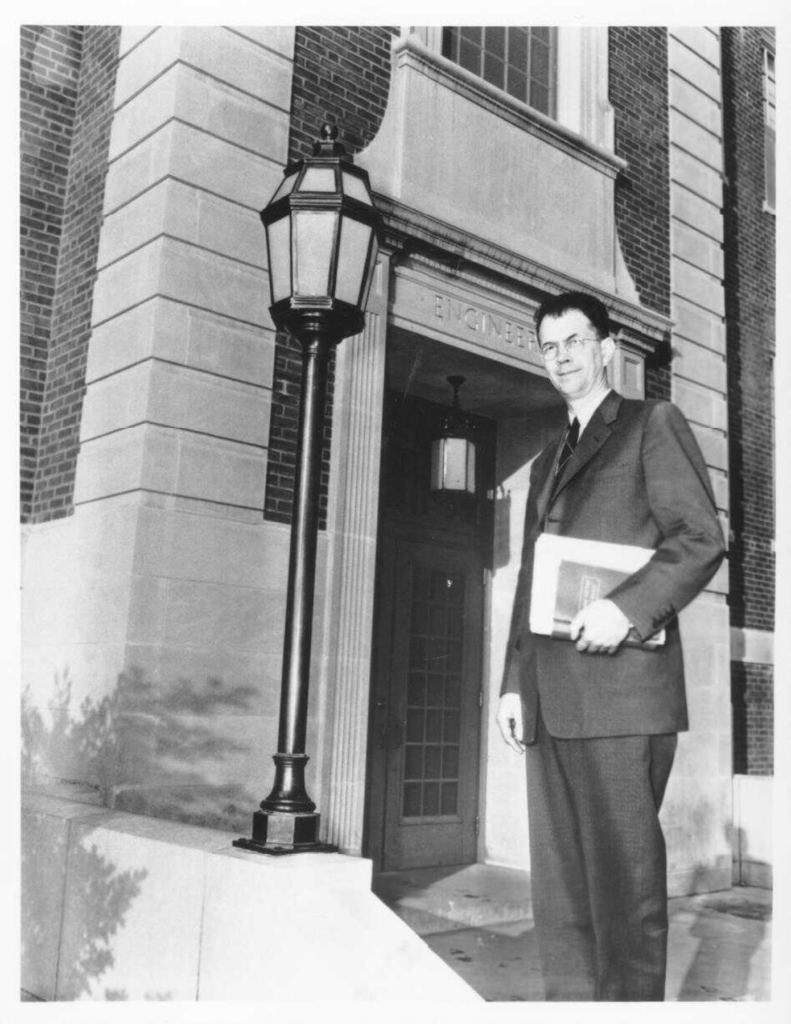
The School of Engineering was formally established on September 1, 1947, with George Marston as the founding dean, an admitted class of 549, and an Engineering Annex under construction. Around the same time, “Mass State” became the University of Massachusetts.
In January 1948, just days before most transfer students arrived from Fort Devens, the Engineering Annex, a two-story war surplus wooden structure still unoccupied, went up in flames. Faculty were left scrambling to find locations in which to teach. As a result, classes met in 14 different buildings across campus—every building except the president’s office— including the attic of the Flint dairy building and the rural agricultural engineering shop, with its machining and woodworking equipment, welding facilities, and motors lab.

The pioneering departments and degree programs received accreditation quickly: Civil (founded 1947; accredited 1949); Electrical (founded 1948; accredited 1950) and Mechanical (founded 1947; accredited 1950). Agricultural engineering was also a foundational department but was quickly transferred to the School of Agriculture in 1954. Chemical engineering was established as a program in 1948 in the Department of Chemistry and would transfer to the School of Engineering in 1952 and become immediately accredited.

After the building fire of 1948, Marston renewed his efforts to acquire donations of surplus equipment from the Federal Works Agency and the War Assets Administration. He later commented, “there is only one thing I couldn’t find in war surplus, and that was aspirin.” The engineering annex was rebuilt in 1948 as a one-story brick building, providing an electronics laboratory, a large drafting room, a food processing laboratory, and four classrooms. In 1949 a new mechanical engineering building was constructed with facilities for materials testing, fluid mechanics, internal combustion engines, HVAC, and electrical circuits. It was dedicated in 1988 to Christian I. Gunness.
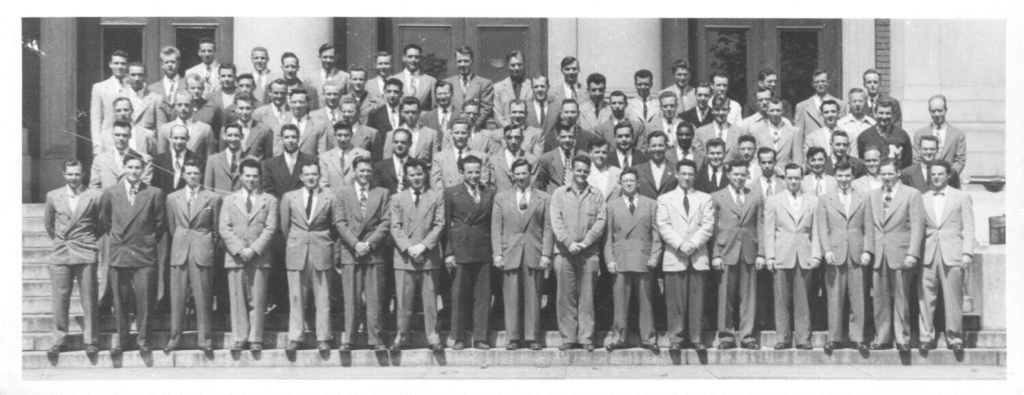
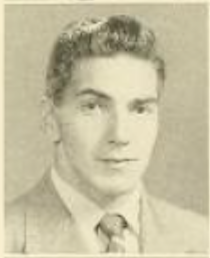
Antonio Ferreira, civil engineering, was the first individual awarded a designated/accredited degree from the School of Engineering. He graduated with the class of 1950. Antonio went on to become the chief hydraulic engineer with Western Massachusetts Electric Company.
Authorized by the trustees in 1951, the Engineering Research Institute was described by Marston as an “engineering experiment station of research —a vehicle where nearby research can be conducted” on campus. The first project was the study of fogging and icing of submarine periscopes in Arctic operation conducted by Prof. John Longstaff in partnership with Kollmorgen Corp. in Northampton. Long-term, strategic industry partnerships continue today, with an emphasis on applied research. This includes the college’s Industry Partnership Program, and collaboratories within the Institute of Applied Life Sciences.

Bettie-Anne C. Francis ’53, BS electrical engineering, was the first woman to be awarded a designated/accredited degree from the School of Engineering. Bettie-Anne went on to receive her master’s degree from MIT and was employed as a project engineer for various engineering firms. Previous to the school’s establishment, at least nine women were trained as engineers (most during the WWII) and the first to graduate was in 1948.

Engineering was experiencing an era of significant growth, but its physical footprint remained small. The school finally found its administrative home in the Main Engineering Building (later dedicated to George Marston in 1998). A two-phase project, Engineering Building’s west (left) wing went up in 1950 for $500,000, and the more significant east wing (center & right) was complete in 1954 at the cost of $850,000—in total, it was the university’s first “million-dollar building.” George Marston famously refused the installation of an exterior brick façade after the first phase. When asked to explain why it was rough on one side for so long, he noted, “I’d seen too many buildings on campus that never got their second half. But we got ours.”
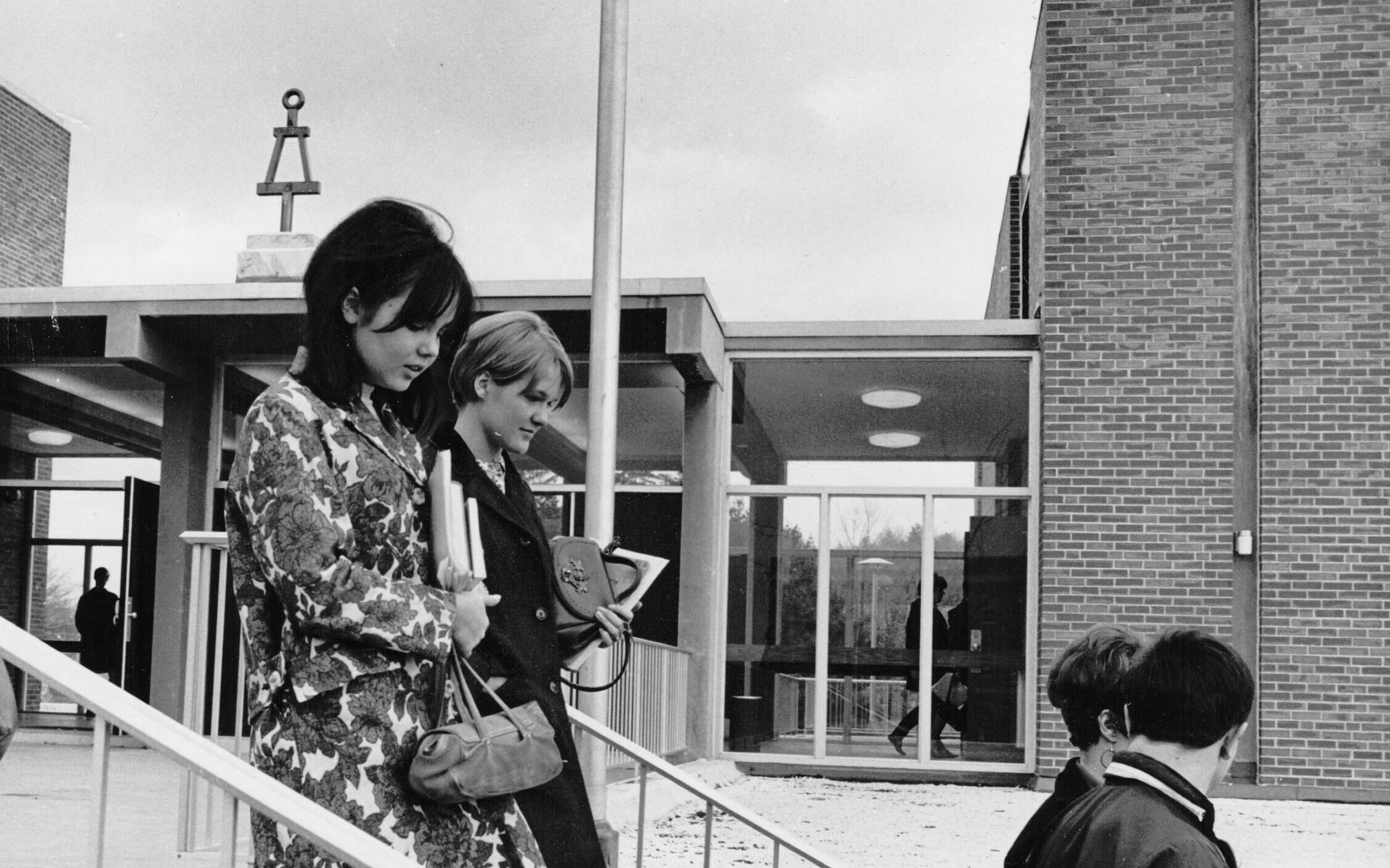
The Tau Beta Pi was established on this campus as the Massachusetts Zeta Chapter in February of 1956, under the direction of its faculty advisors John Dittfach and Karl Hendrickson. It was the 99th such chapter to be established in this country. Twenty-three charter members were initiated into the chapter at the first installation.
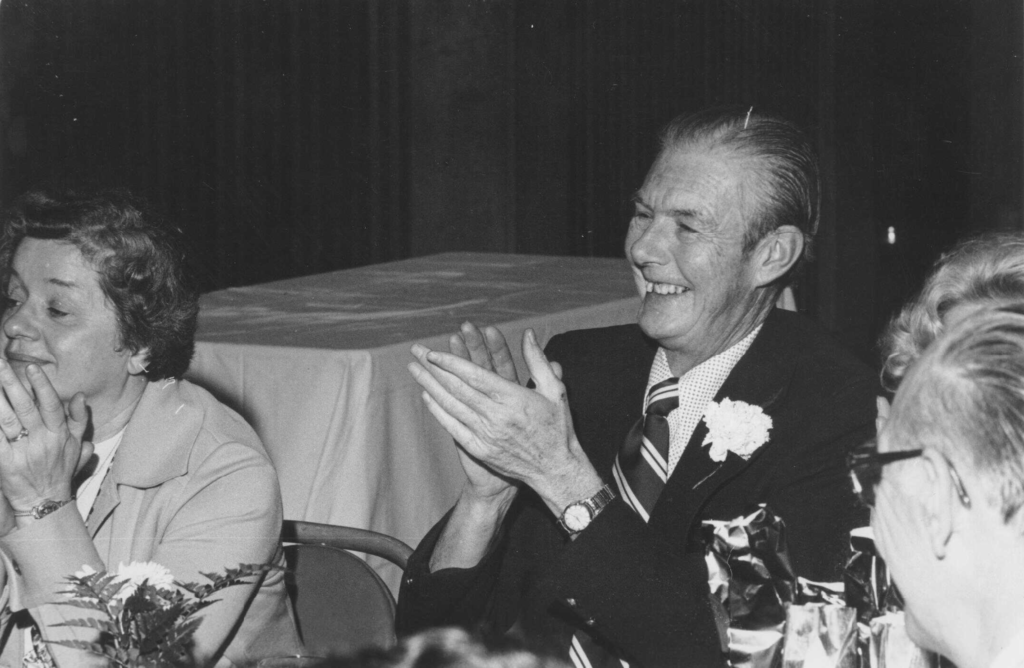
The General Electric (GE) Apprentice Program was a pioneering industry-university partnership. It provided on-the-job training at the GE plant in Pittsfield, Mass., and evening classes at Pittsfield High School. GE covered books and tuition and compensated the UMass faculty that drove to Pittsfield. Participants studied mechanical and electrical engineering, traveling to campus every other weekend for lab-based classes. At the end of four years, each candidate graduated as an electrical technician with two years of college credit. Afterward, GE would underwrite each candidate who transferred to Amherst to complete their BS. The program lasted ten years under the leadership of Robert Doolan, who first worked in personnel and engineering recruitment for General Electric before joining the university in 1961.
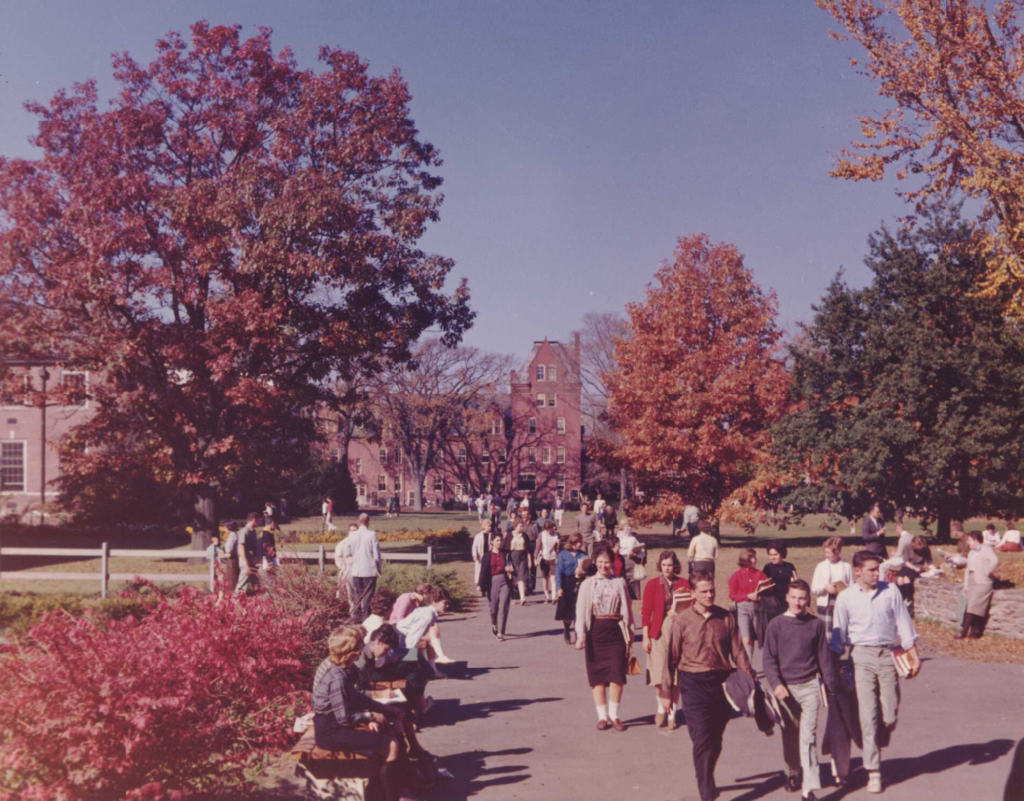
The 1960s brought new buildings, growth of the faculty, and the beginnings of small scale PhD degree programs. The Engineering Laboratory (ELAB) was built in 1964, followed by Engineering Building East (Marcus) in 1965. As the decade ended, new MS and PhD degrees were introduced in environmental (1968) and ocean engineering (1969). During this decade, the university transformed away from its Mass Aggie roots and began to focus on research.
Enjoy this campus video celebrating the 60’s and 70’s at UMass Amherst »

UMass led the way in developing renewable energy sources, as William Heronemus, widely known as the “father of modern wind power,” established the Energy Alternative Program and Wind Power Group. Heronemus, who retired from the US Navy, brought with him a radical vision of an energy future—completely replacing conventional forms of energy, fossil as well as nuclear, with renewable energy sources, such as solar, wind, and ocean thermal differences.
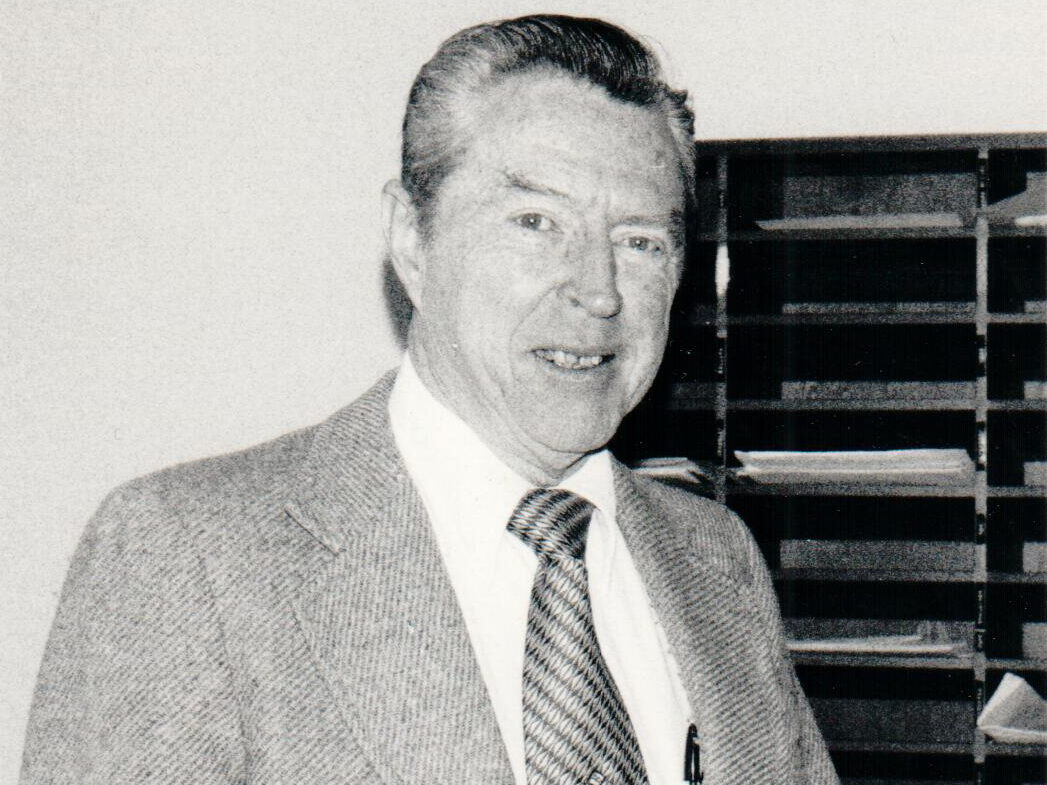
A transportation grant was awarded to Paul Shuldiner of the Civil Engineering Department and William Goss of the Mechanical Engineering Department to implement a transit system for the Amherst area and study the effects of this system involving the university community. Their efforts followed the legacy of Professor William W. Boyer, who was instrumental in the early development of the UMass Transportation Engineering Program.
Learn more about the work of our UMass Transportation Center »
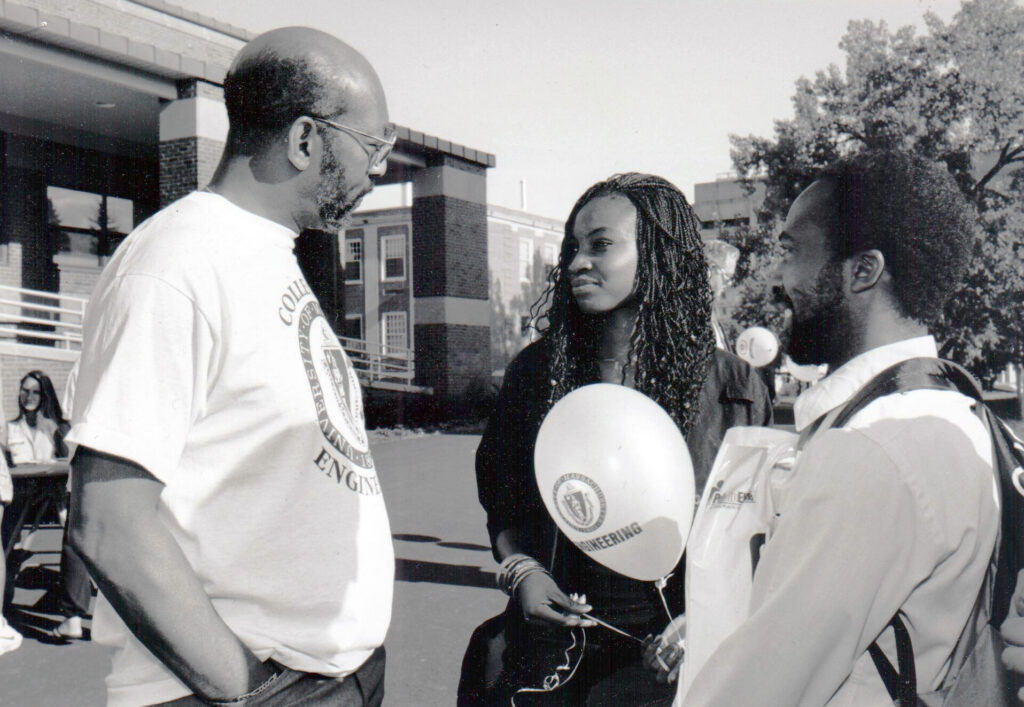
One of the first of its kind, the MEP was established to “recruit and support underrepresented minority students” in engineering. Professor John E. Ritter coordinated the newly instituted program in 1973. In 1975, Mr. Kenneth R. Smikle was appointed the first permanent staff person within the MEP. The program encouraged enrollment through engineering career orientation. Once accepted to the university, students attended a specialized freshman orientation, where they spent two weeks attending seminars and engaging with the engineering department and their peers. A rigorous six-week summer program, created by former MEP director Ting Wei Tang, allowed MEP students to live on campus, attend evening classes, and prepare for their studies in the coming fall. The Minority Engineering Program later changed its name to the Multicultural Engineering Program, and most recently became a part of the Office of Diversity, Equity and Inclusion.
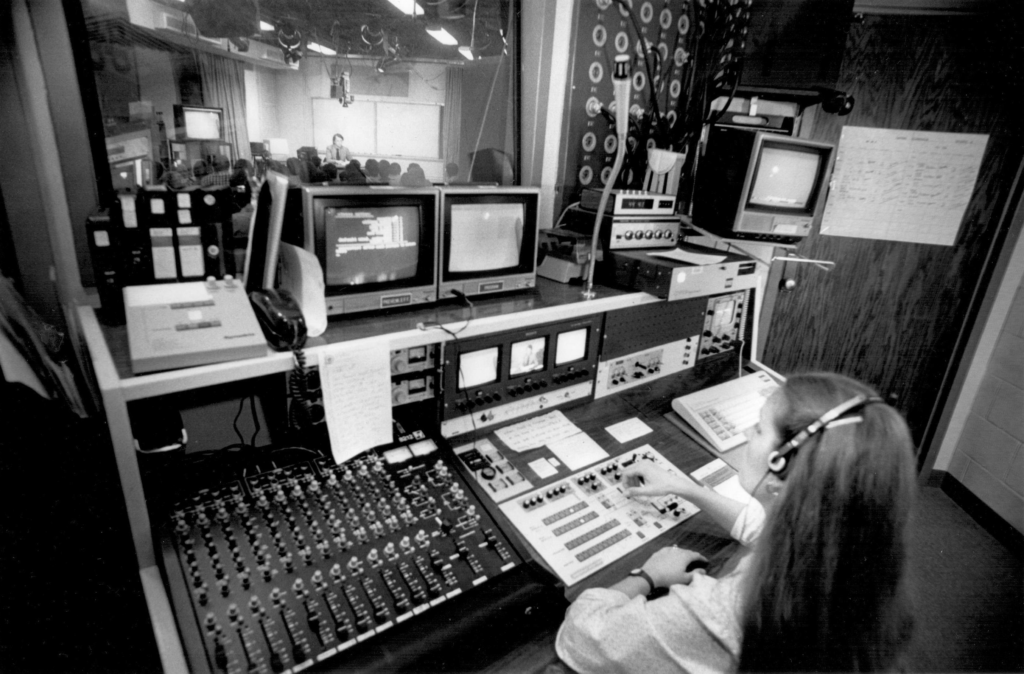
The Video Instructional Program (VIP) program originated from a grant awarded by the Digital Equipment Corporation, an effort spearheaded by alumnus Andrew Knowles. VIP allowed for students across the country and around the world to experience the UMass Engineering program without stepping onto campus. The program video-recorded various engineering classes in which faculty members were teaching to an actual on-campus student “audience.”
The video tapes were then sent to VIP students around the globe.

A pioneering engineering research program in microwaves and remote sensing was established by Robert E. Mcintosh and Calvin T. Swift, who founded the Microwave Remote Sensing Laboratory (MIRSL). UMass was the first institution to use beam-forming techniques to probe the atmospheric boundary layer for investigating clear air turbulence. Practical applications of the technology include monitoring ice formations, severe storms, and ocean conditions. Since its establishment, the program has educated and awarded advanced degrees to hundreds working at companies such as Raytheon, Lockheed Martin, and General Electric.
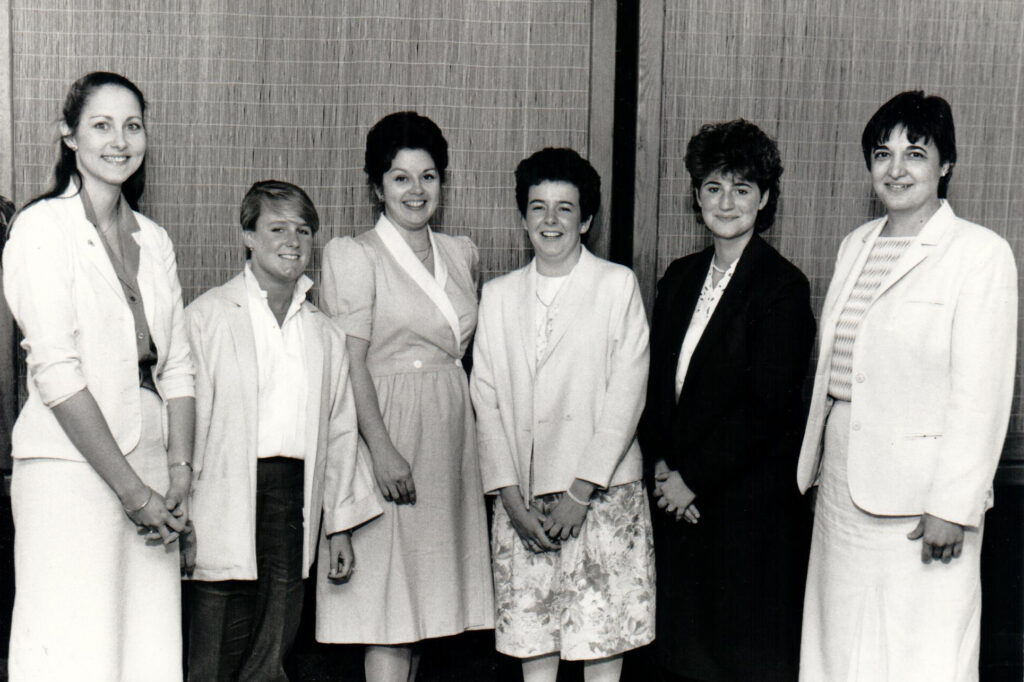
The Women in Engineering Program’s (WEP) sole purpose was “to recruit women to the engineering field and degree programs” and “support them throughout their careers” as engineering students and beyond. WEP offered various workshops, such as resume building, and career fairs for women in the field, as well as networking events for both students and alumni. WEP is now a part of our Office of Diversity, Equity, and Inclusion and mentors a very active Society of Women Engineers student chapter.

Vladimir “Val” Haensel, who taught at UMass from 1981 to 1998 after an impactful career in industry, was awarded the Charles Stark Draper Prize, the National Academy of Engineering’s (NAE) highest honor. The award recognized his development in 1947 of the “platforming” process, a revolutionary chemical engineering process that uses platinum to produce clean, inexpensive fuel and material to make plastics from petroleum.
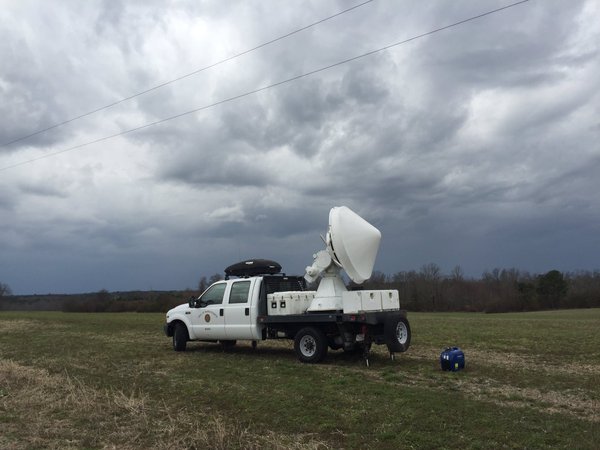
CASA was established to undertake an innovative approach to mapping storms and other weather conditions to save lives and property. CASA uses a new paradigm, Distributed Collaborative Adaptive Sensing (DCAS) networks of small radars, to overcome limitations of traditional weather forecasting systems and adapt to changing atmospheric conditions in a way that meets competing end user needs.

With the goal of preparing students for career and professional opportunities, the Career Center provides a place where engineering students, faculty, and employers can meet and develop a mutual and beneficial relationship. Located in Marston 114, the center has a dedicated staff to assist students with a variety of career-related needs, offering workshops for resume and cover letter writing, career fair preparation, and interview skills.
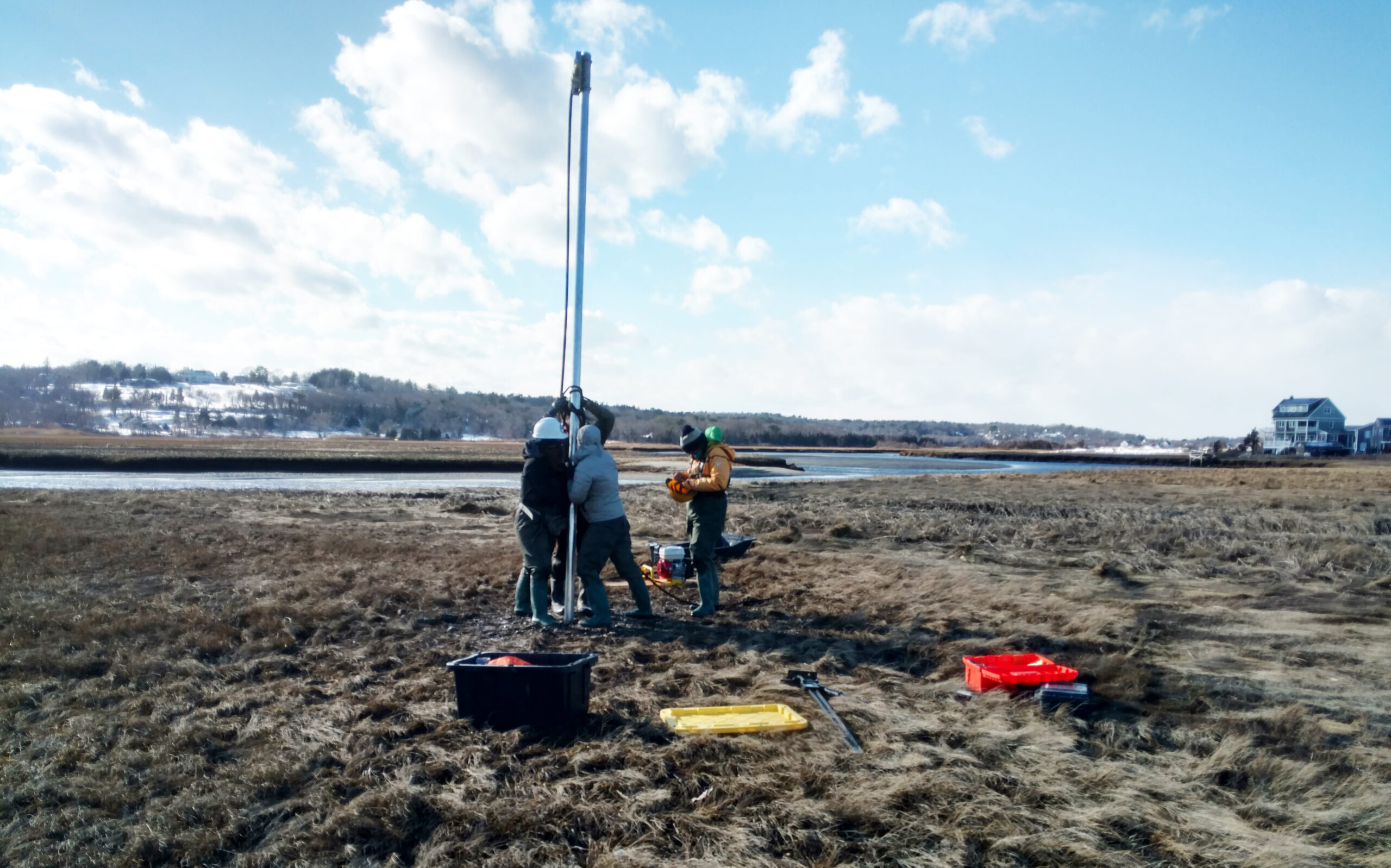
UMass Amherst, a leader in regional and national climate research, was chosen to lead a consortium of seven universities and host the Northeast Climate Science Center, one of eight regional centers established by the U.S. Department of the Interior. The climate science centers are charged with understanding how climate change and other landscape stressors could change the face of the United States, and developing tools for climate change adaptation.
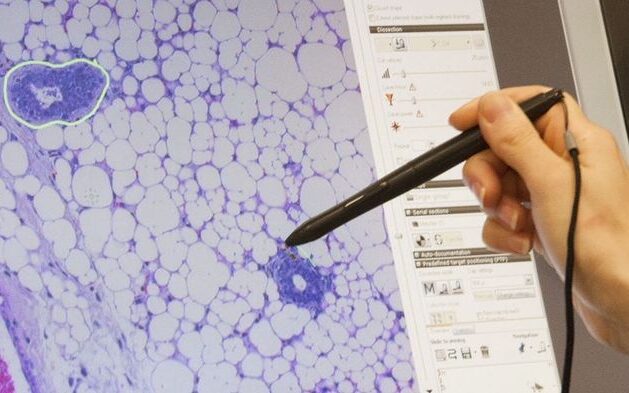
Created with an investment of more than $150 million from the Massachusetts Life Science Center (MLSC) and UMass Amherst, IALS combines expertise of more than 200 faculty-led research groups from 29 academic departments, with the diverse capabilities of industry and government partners in order to translate fundamental research into innovative product candidates, technologies, and services to improve human health and well-being. The Institute is organized into three large centers that focus on creating state-of-the-art wearable devices in the Center for Personalized Health Monitoring (CPHM), new types of biomolecule/delivery vehicle combinations in the Center for Bioactive Delivery (CBD), and discovering novel disease-related cellular pathways, drug-targets, and therapeutic candidates in the Models to Medicine (M2M) Center.

Julie Bliss Mullen co-founded Aclarity, LLC, a company that produces a device which uses low levels of electricity to purify and disinfect water. Bliss was a PhD student in civil and environmental engineering at the time. The device uses no filters or chemicals, and can even remove metals from water.

UMass Amherst engineers led a team of international researchers that published breakthrough results on neuromorphic computing, where microprocessors are configured more like human brains than conventional computer chips with the goal of both building better computers and advancing our understanding of the human brain. Results were featured in the inaugural issue of Nature Electronics.
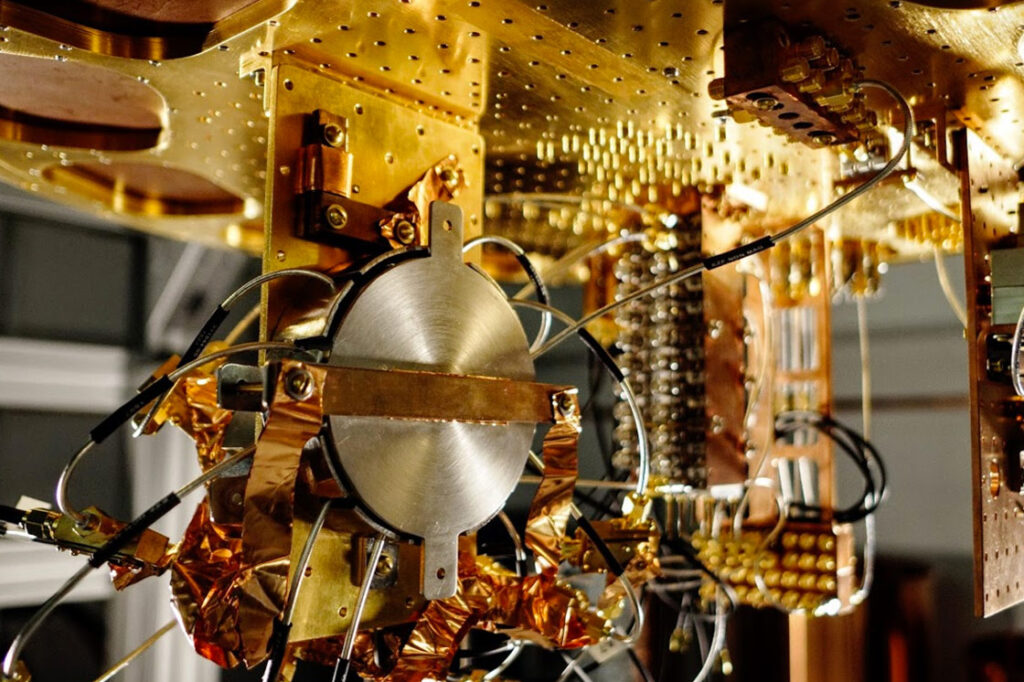
Engineering Professor Joseph Bardin was part of a Google research team that reported quantum breakthrough in computing. Scientists at Google’s research laboratory reached a milestone they called “quantum supremacy” by performing a mathematical calculation in three minutes and 20 seconds that today’s largest supercomputers could not complete in less than 10,000 years. Bardin worked with the team on integrated circuit control and measurement electronics.

Scientists at the University of Massachusetts Amherst developed a device that uses a natural protein to create electricity from moisture in the air—electricity from thin air— a new technology with significant implications for the future of renewable energy, climate change and even medicine. Called Air-gen, it has significant advantages over other forms of renewable energy as it doesn’t require sunlight or wind and even works indoors.
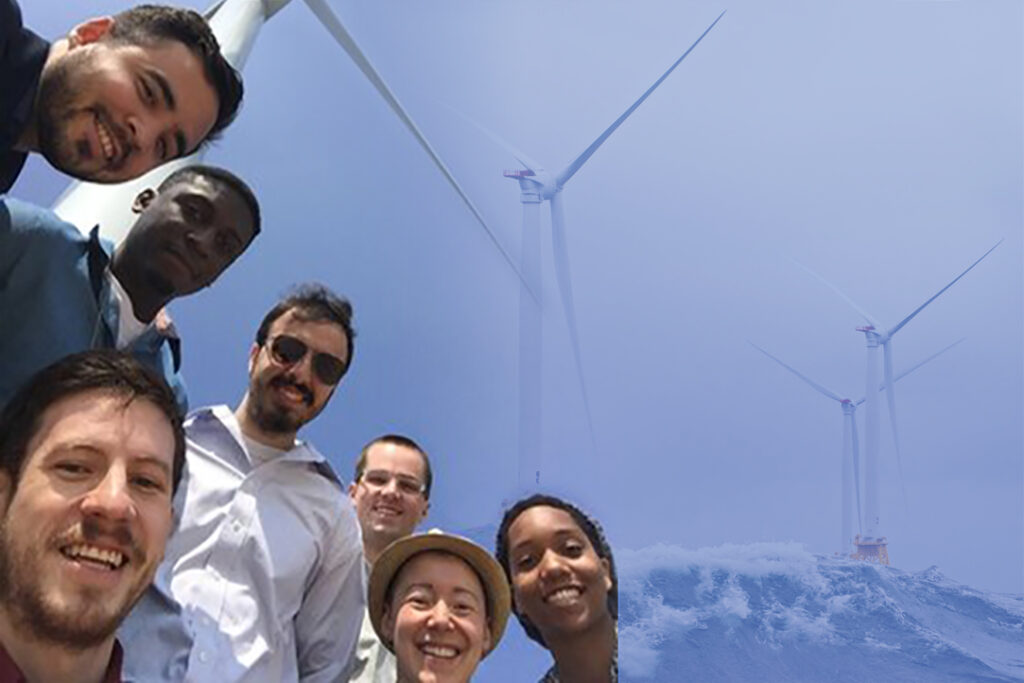
A new interdisciplinary program, Elevating Equity Values in the Transition of the Energy system (ELEVATE), was awarded two National Science Foundation (NSF) grants totaling $6.3 million to ensure the transformation of the electrical grid is both sustainable and benefits all members of society equitably, an aspect of energy transition not often considered in policymaking or public discourse.
ELEVATE is part of the Energy Transition Institute (ETI), which brings together UMass’s research experts in energy technology and climate science, as well as world-renowned scholars in equity and social justice, to solve important technical and public policy challenges that emerge as nations shift to green energy. By convening national leaders in energy transition and equity issues, ETI is helping to set the national agenda for research on these topics.
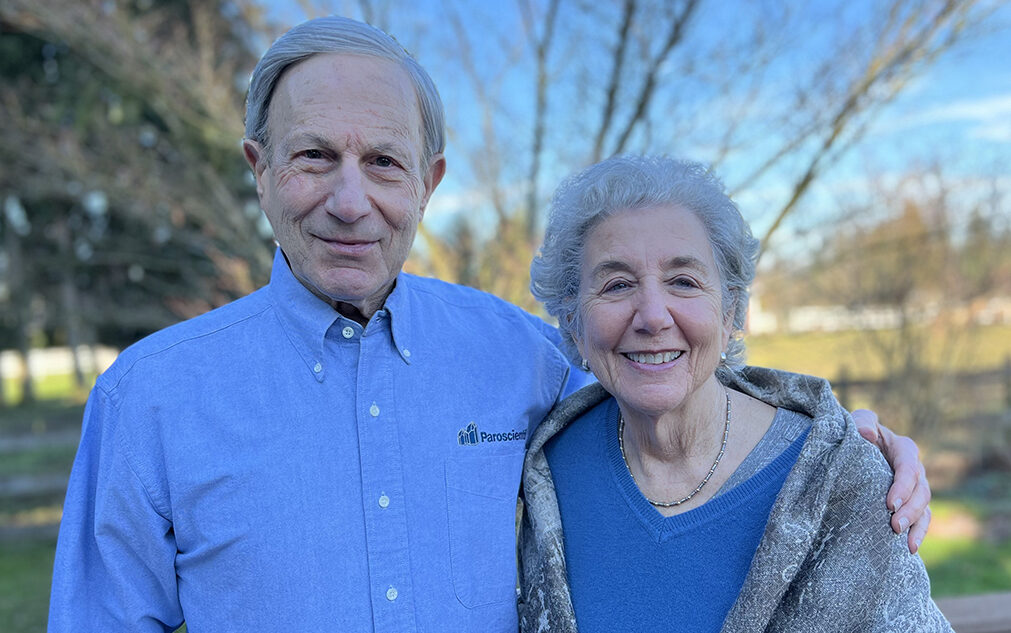
Jerome ’60 and Linda Paros make a $10 million gift aimed at accelerating the college’s cutting-edge work in atmospheric research and hazard mitigation. The Paros Center for Atmospheric Research supports the translation of ongoing and future research into improved hazardous weather predictions, alert systems, and policies that will save lives as the world continues to experience increases in the intensity and frequency of storms and other extreme weather events that stem from climate change.
NOTE: The history shared on the website is far from complete. What have we missed? To share your stories and photos please contact us.
